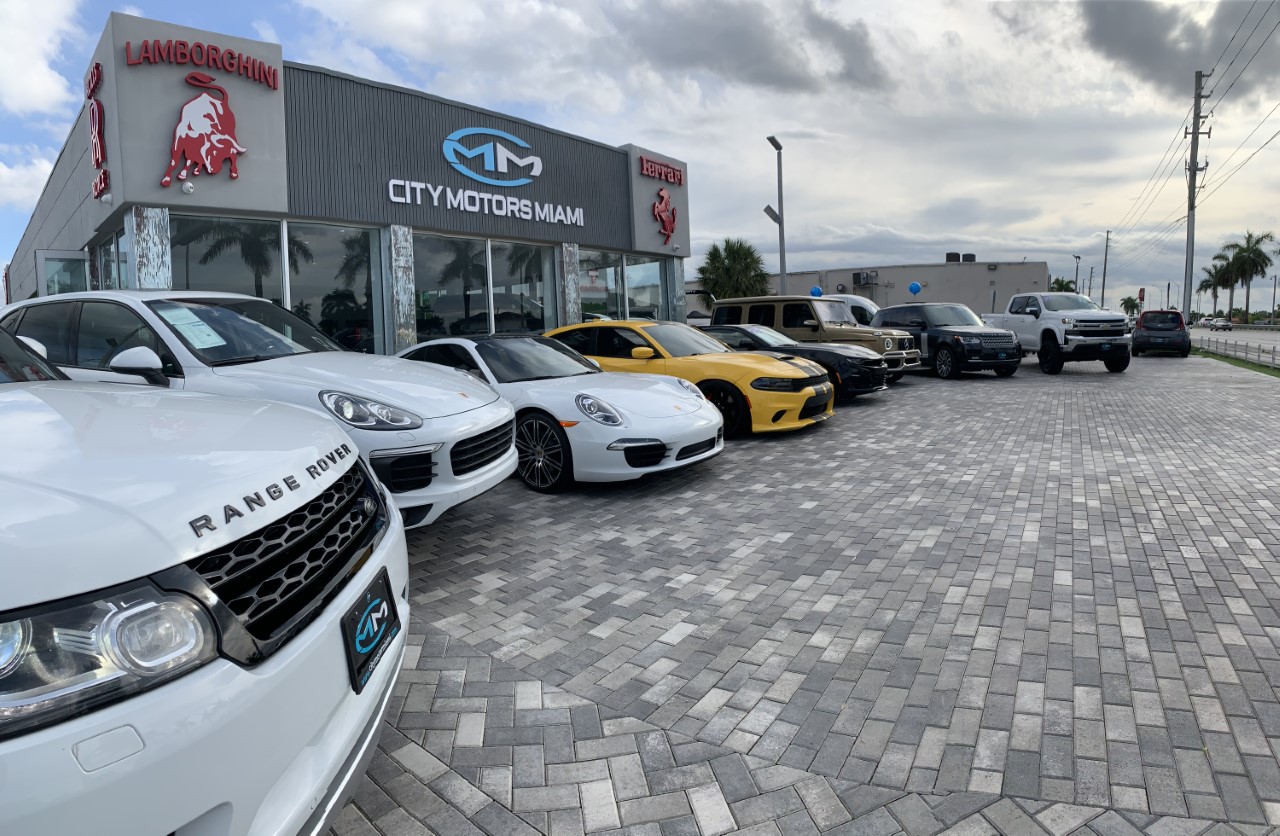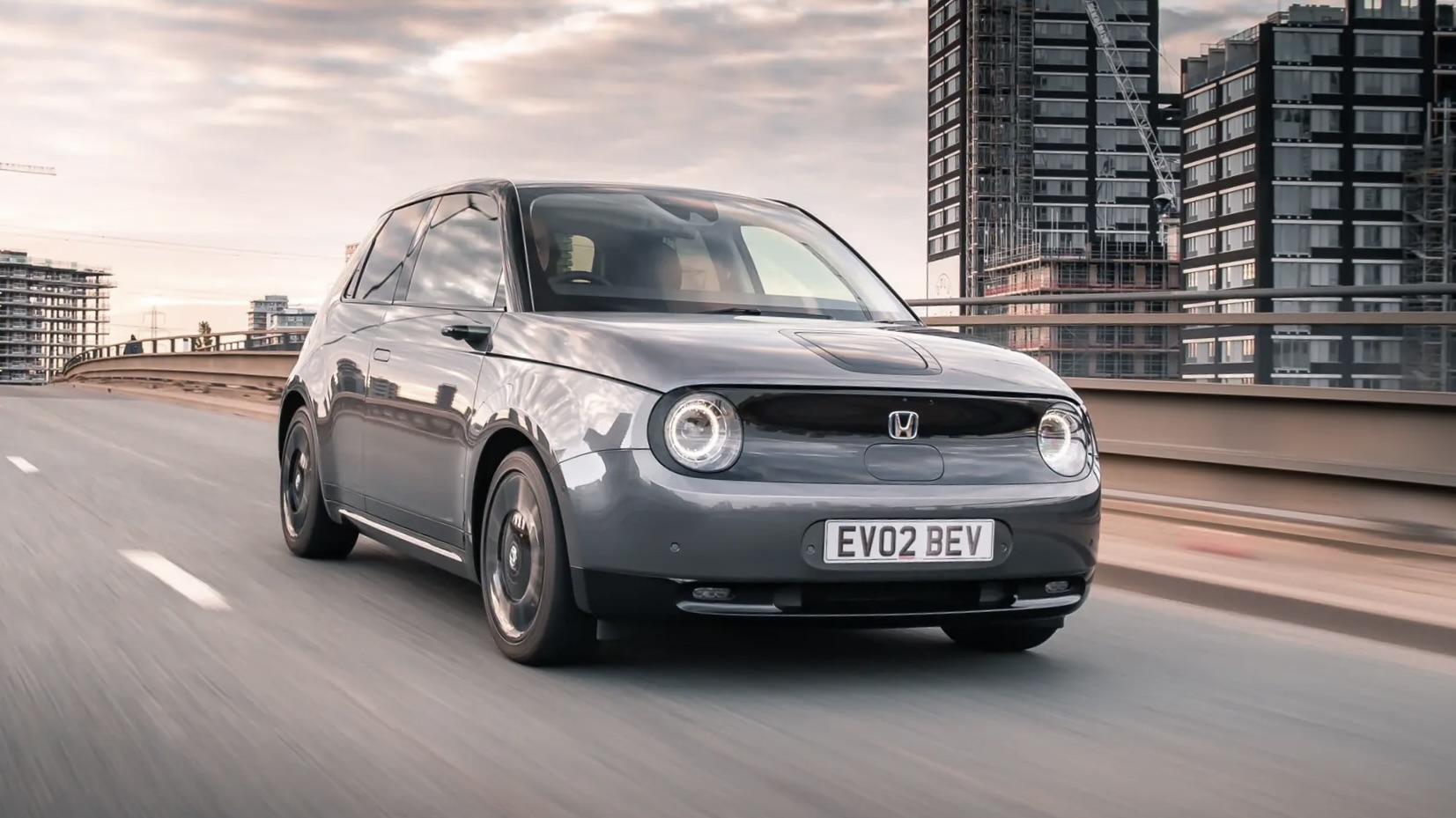Decorative chrome plating (as opposed to hard chrome plating used in industrial applications) is the technique of electroplating a very thin (millionths of an inch) layer of chromium onto a metal object. Because the layer of chrome is incredibly thin, chrome plated parts are always plated with nickel first, and then the chrome is plated over the nickel. The nickel plating provides the smoothness, much of the corrosion resistance, and most of the reflectivity, while the thin layer of chrome adds a bluish hue, protects the underlying nickel from tarnish, and minimizes scratching. Listed below are a few of the pro’s and con’s of chrome plating.
Pros:
It looks great! Chrome plated parts have a true mirror finish with a slight tint of blue in it. To many, this look is quintessentially cool.
As a hard metal, chrome is resistant to scratches and swirl marks, so it should look great for years.
Because it is a hard metal, it is also easy to care for. You can wash and polish it without worrying about scratching it up. Plus, as the layer of chrome provides a protective barrier for the underlying nickel, rust and corrosion should not be an issue.
Cons:
Chrome plating is expensive as hell. Plating a 21″ motorcycle rim can run as much as $500.
If chrome plating does become scratched or damaged, it is not possible to spot treat the problem; the entire part must be stripped of its plating (around $100, usually) and then re-plated. So, if some knucklehead knocks your bike over and scratches up your pipes or a pebble out of nowhere dings your chromed bumper, you have to either live with it or part with a tidy sum.
Even worse your chrome plating sustains enough damage to break through to the nickel, you will have serious problems with corrosion, as the electrochemical reactions from the plating process can force the underlying metal to corrode more rapidly.
Chrome holds heat. No big deal for a wheel, but chrome out your alternator, and you are asking it to fail.
Plating adds metal. If there are tight tolerances to respect, then chrome plating may be an issue, as it adds metal on top of metal. With an exhaust pipe, this may not be a problem, but if you want to have your pistol plated, those extra millimeters of metal on the slide may inhibit its ability to move freely along the rails, resulting in jams and even possibly explosion.
Because plating adds metal, it also adds weight. This may be an issue depending on the amount of chroming done and the type of parts in question.
Is high polishing a viable alternative to chrome plating?
High polishing is the technique of using abrasive wheels and compounds to achieve a mirror finish on metal surfaces.
By polishing the metal smooth on a microscopic level, light is reflected back to the eye instead of being refracted away by microscopic incongruity in the metal’s surface. It is like the difference between looking into a pool of still water and looking into rippling water. What high polishing does is smooth out the ripples so the light reflects back to you, thus, showing your reflection.
Pros:
It also looks great! High polishing can also produce a true mirror shine, but unlike with chrome plating, there is no bluish tint, but instead a pure white shine.
High polishing is inexpensive. The 21″ wheel that can cost $500 to plate will only cost around $100 to polish.
Unlike with plated parts, a scratch or ding on a polished part can be spot repaired for a minimal cost and made to look just like new again.
Anything that gets plated gets polished first. In order to achieve a perfectly uniform finish with a plated part, the metal must be perfectly uniform (no scratches or dings) before plating, otherwise, all of these imperfections will show through the plating. So, you have the option to have your pieces polished, and then take a look. If you like the results, then maybe the minor upkeep necessary with polished parts will make it worthwhile to save the hundreds or thousands you would shell out for plating. If not, your parts are already polished, so they should be less expensive to plate, should you choose to.
Cons:
Unlike chrome plated parts, high polished parts are prone to scratching. You must be very careful when washing and buffing your high polished parts, as a single grain of sand or dirt on your towel can leave your part covered in swirl marks. There is, however, the option to have a clear coat of powder coating applied, which will seal and protect the finish.
Because high polished parts do not have chrome’s protective coating, they require upkeep to preserve their like-new finish. Aluminum’s porosity, for example, opens it up to oxidation, so you should always wax your polished aluminum after washing it. This will help to prolong its shine. Again, powder coating your parts after polishing will protect them from corrosion.
As you can see, there are definite benefits and drawbacks to both chrome plating and high polishing. I hope that this information will help you to make a more informed decision when choosing between them. Should you choose to have your parts high polished, please, take a moment to view our site at http://www.RKPolishing.com and see some samples of our work.




More Stories
DIY Auto Painting – Do it Yourself!
How to STOP Your Car From Being Stolen!
Boat Cleaning Service Agreement Templates and Service Contracts – Are They Necessary?